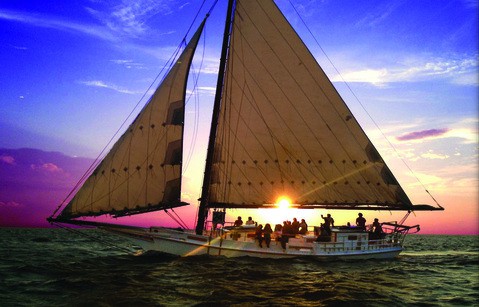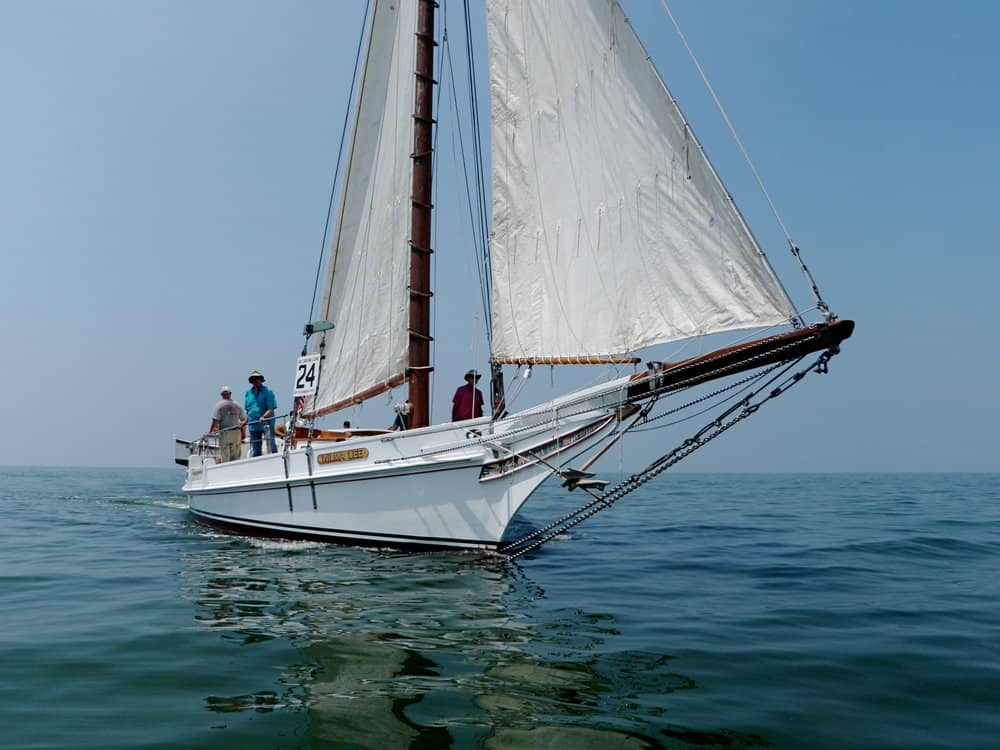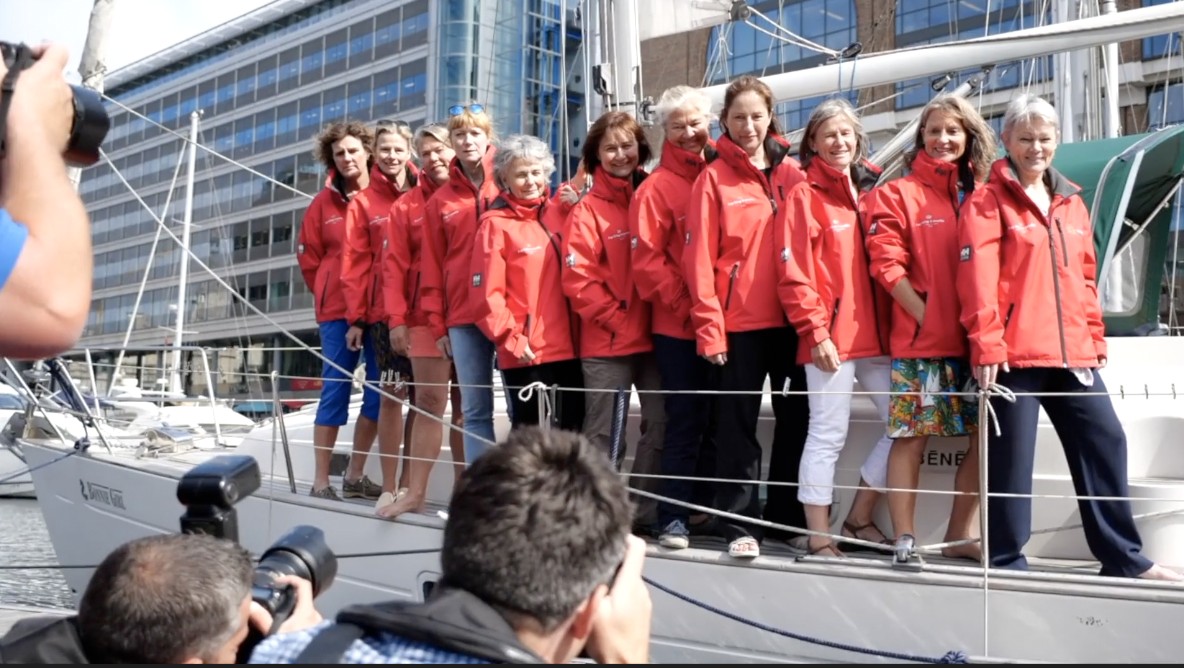The skipjack may be the perfect symbol of the Chesapeake Bay’s history. With graceful lines and a muddy deck, the sail-powered workboat is beautiful but raw. In the first half of the 20th century, 800 skipjacks sailed the region, and today the number has dwindled to 30. Only six are still used for oyster dredging.
In the last decade, one of these rare beauties found her way down to North Carolina’s Pamlico Sound, where she’s been used for charters and educational tours. Now, the owners are forced to sell, and they’re making a public appeal to the Chesapeake Bay community to bring this skipjack home to the Bay.
The Wilma Lee was built in 1940 by famed boatbuilder Bronza Parks. A Sandy Point, Virginia man named Herb Carden bought and restored her beginning in 2002, to the tune of $600,000. He modernized things a bit, adding an engine, stainless steel rails and a fiberglass deck. But her classic skipjack lines are intact. When Carden was finished, he felt that Wilma Lee was too important just to sit at his dock. He donated her to Ocracoke Alive, a nonprofit education and arts group on Ocracoke Island.

The nonprofit made a considerable investment to bring the skipjack up to Coast Guard regulations for carrying passengers, and today she can accommodate up to 42 guests. Since 2012, a commercial captain has partnered with Ocracoke Alive, and she’s been used for sunset cruises and weddings, as well as educational programs for kids.
When the captain, who is in his 70s, decided to retire, Ocracoke Alive just couldn’t find another qualified captain willing to take on the task. Tom Pahl, chairmain of the Wilma Lee Committee, tells me that’s when they made the difficult decision to sell her.
Pahl says Wilma Lee, which is listed on the National Register of Historic Places, belongs back on the Chesapeake Bay, and he appealed to Bay Bulletin to help find a Bay buyer.
Among antique skipjacks, Pahl says Wilma Lee will probably outlast a lot of existing skipjacks. She’s one of the younger boats in the fleet, and her hull is made from pressure-treated lumber.
What’s the price tag, you ask? Well, there isn’t one. Pahl tells me the skipjack was assessed for tax purposes at nearly $ 1 million back in 2012. But, he says, Ocracoke Alive would probably take a lower offer. “I don’t really know what the market will bring,” he says.
What kind of buyer are the owners looking for? It could be an individual, a museum, or a city or town. But one thing is for sure: they’d really like Wilma Lee to return to her home on the Chesapeake.
Anyone who wants to inquire about the skipjack can contact info@ocracokealive.org.
-Meg Walburn Viviano




